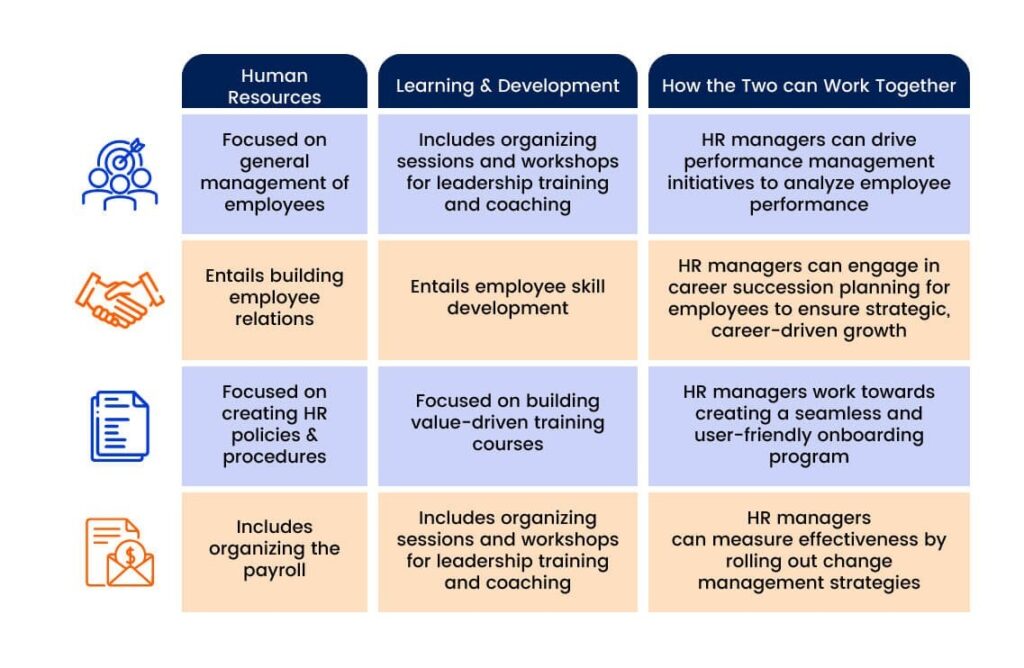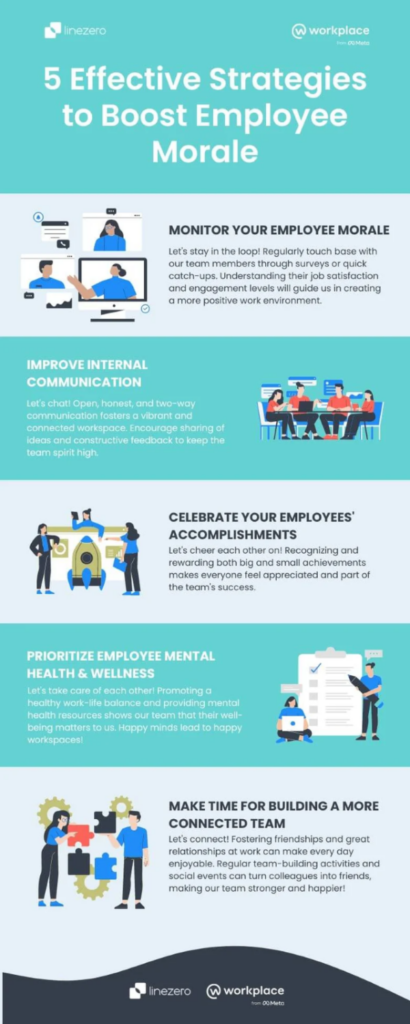The role of Human Resources (HR) has transcended beyond administrative functions to being a strategic partner in business success. A strategic HR function contributes significantly to aligning the workforce with company objectives, ensuring employee accountability, fostering engagement, and increasing adaptability. These facets are essential for developing high-performing teams capable of excelling in dynamic market conditions.
The emphasis on these key areas underlines the significance of HR in not only managing people but also in driving forward-thinking business strategies that contribute to the resilience and competitiveness of an organization.
Talent Acquisition has become a cornerstone in creating a competitive advantage through its people. With businesses facing an acute need for skilled professionals who can drive innovation and growth, Talent Acquisition teams are under pressure to not only fill positions swiftly but to ensure they onboard candidates with the right competencies and cultural fit.
Attracting and Hiring Top Talent
Building Effective Recruitment Strategies
These multifaceted efforts demonstrate that HRBP and Talent Acquisition functions are more than just support roles; they are pivotal strategists in the company’s growth trajectory, shaping a workforce that is flexible, innovative, and fully aligned with the organization’s long-term ambitions.

Training and Developing Employees for Success
As modern businesses face the challenge of keeping pace with technological and market changes, the investment in employee Training and Development (T&D) becomes paramount. Learning and Development (L&D) initiatives help organizations equip their workforce with the latest skills, increasing competence and driving performance. These initiatives may take the form of:
Organizations recognize the importance of developing a culture that prioritizes growth and education. Aligning T&D strategies with business goals not only boosts performance but also aids in retaining the best talent by demonstrating a commitment to their professional development.
Implementing Performance Management Systems
Embedding a robust Performance Management System (PMS) is a critical step in retaining top talent within an organization. An effective PMS encompasses:
Integrating these elements into a company’s culture reinforces the value it places on its people. When employees see their employer investing in their growth and recognizing their contributions, they are more likely to commit long-term, reducing turnover and fostering a sustainable competitive advantage.
Rewarding Strong Performance through Increased Compensation
Organizations today are increasingly adopting the pay-for-performance model, seeking to directly align compensation with an employee’s achievements and contributions. This model operates on the principle that employees who exceed expectations and deliver superior results should be rewarded proportionally. Therefore, it is designed to incentivize excellence in job performance, enhancing the overall productivity of the business while simultaneously increasing the earning potential of its workforce.
By implementing such compensation strategies, businesses not only motivate their employees but also benefit from improved retention rates, as financially satisfied employees are more likely to remain loyal to an employer.
Promoting a Culture of Incentives and Recognition
Employee incentives and recognition are pivotal aspects of organizational culture that extend beyond monetary compensation. A company that regularly acknowledges the hard work and success of its employees fosters a motivating and supportive environment. This culture of recognition can translate into tangible benefits for the company.
When employees perceive their efforts are valued, they are more likely to have increased motivation and engagement, driving better performance and aiding in the retention of top talent.

Creating an Organizational Culture of High Morale
Creating a culture high in morale is paramount for fostering employee engagement. Organizations achieve this by developing a workplace that prioritizes positive relations, career growth, and acknowledgement of employee efforts. A sense of belonging and appreciation is particularly effective in deepening employees’ commitment to the company. When employees feel they are an integral part of the organizational community, their satisfaction and productivity levels rise. Incorporating regular feedback mechanisms ensures that concerns are addressed, thereby maintaining a continuous dialogue between staff and management.
Motivating Employees to Perform at Their Best
Motivation is key to encouraging employees to perform optimally. Engaged employees who understand their roles within the organization are more likely to set higher performance standards for themselves. By connecting their contributions to the company’s success, employees see the value in their work, which motivates them to strive for excellence. Furthermore, investing in future training and development signals to employees that the organization is invested in their professional growth, which can strengthen their loyalty to the company.
Employees who feel unrecognized are more likely to seek opportunities elsewhere, underscoring the need for effective engagement strategies that emphasize acknowledgement and incentives. By cultivating a supportive and motivating workplace, organizations benefit from higher productivity, better retention rates, and overall, a more harmonious and efficient workplace culture.
